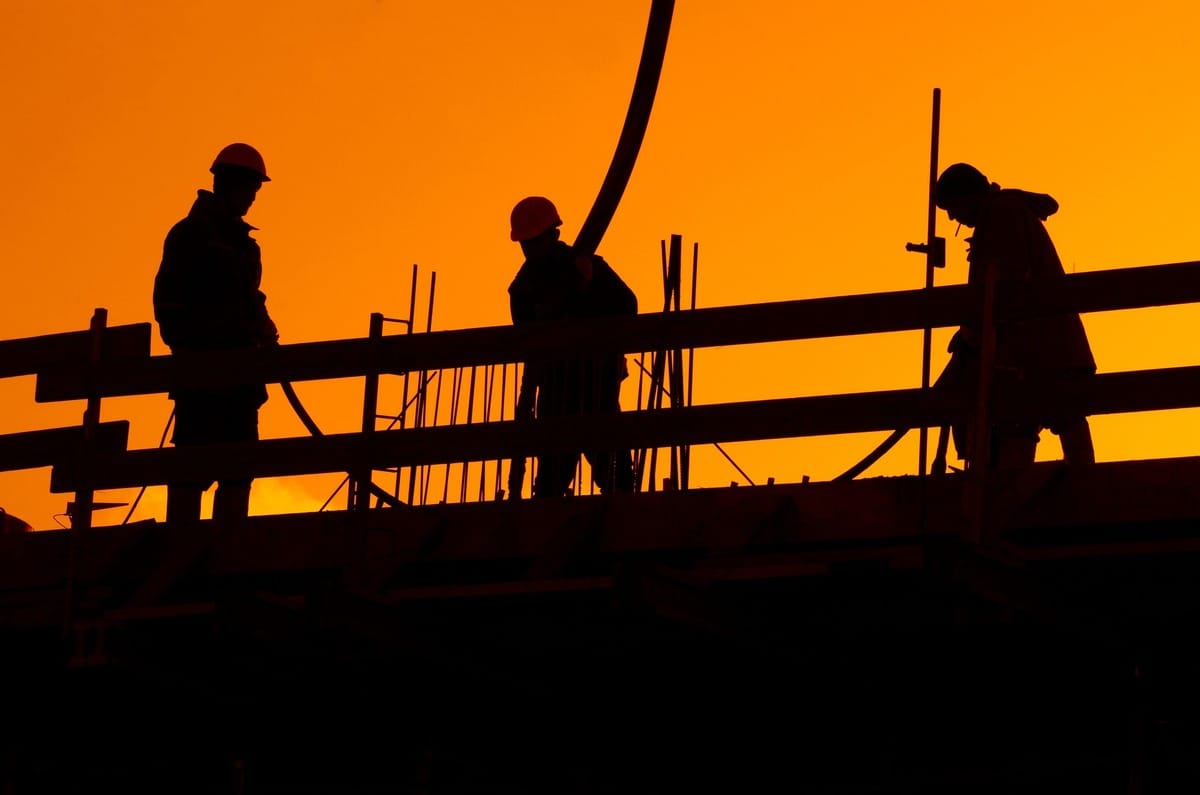- Full Brim Safety
- Posts
- Safe Work Practices Inside and Around the Trench
Safe Work Practices Inside and Around the Trench
Full Brim Safety: Build Smart, Build Safe

Safe Work Practices Inside and Around the Trench
Welcome back, let's Build Smart & Build Safe! We've covered understanding excavation hazards and how to select the right protective system based on soil type. Today, we're focusing on safe work practices for personnel working in and around trenches. Even with the right protective system, daily vigilance and specific procedures are essential to prevent incidents.
Working in a trench means operating in a confined space with inherent risks. Your actions and awareness directly contribute to your safety and the safety of your crew.
1. Safe Access and Egress: Getting In and Out
Within 25 Feet: For trenches 4 feet or deeper, a safe means of access and egress (e.g., ladder, stairway, ramp) must be located within 25 feet of workers in the trench. This ensures a quick escape route in an emergency.
Secure and Extend: Ladders used for access must extend at least 3 feet above the top of the trench for a safe handhold. Ensure ladders are properly secured at the top and bottom.
Clear Paths: Keep access points clear of obstructions.
2. Managing Spoil Piles: Don't Let Them Become a Hazard
Minimum 2-Foot Rule: Excavated material (spoil piles) must be kept at least 2 feet back from the edge of the trench. This is critical for two reasons:
Prevents Cave-Ins: The weight of the spoil pile can destabilize the trench wall and cause a collapse.
Prevents Falling Objects: Keeping material back reduces the risk of it rolling or being knocked back into the trench, striking workers below.
Proper Placement: Ensure spoil piles are placed so they don't block safe access routes or create other hazards.
3. Protection from Falling Objects: Guarding from Above
Barricades and Warning Signs: Use physical barriers (barricades) and clear warning signs around the perimeter of the excavation to keep unauthorized personnel and equipment away from the edge.
Secure Loose Items: Tools, equipment, and other materials should not be left precariously close to the trench edge where they could fall in.
Never work under suspended loads. If heavy equipment is working nearby and lifting/swinging materials, ensure all personnel are clear of the immediate area beneath the load.
4. Atmospheric Hazards: What You Can't See Can Hurt You
Testing is Key: For trenches deeper than 4 feet, or where hazardous atmospheres are suspected, the air must be tested for:
Oxygen deficiency: Not enough oxygen to breathe safely.
Flammable gases: Risk of fire or explosion.
Toxic gases: Presence of harmful fumes.
Ventilation: If hazardous atmospheres are detected, the trench must be ventilated to remove contaminants before entry.
By following these essential work practices, you significantly reduce the daily risks associated with working in and around excavations. Your awareness and adherence to these rules are crucial for everyone's safety. Tomorrow, we'll discuss the vital importance of locating utilities and having a clear emergency response plan.
Don't forget to sign your friends up for Full Brim Safety for your daily dose of construction safety tips!
-The Safety Man
